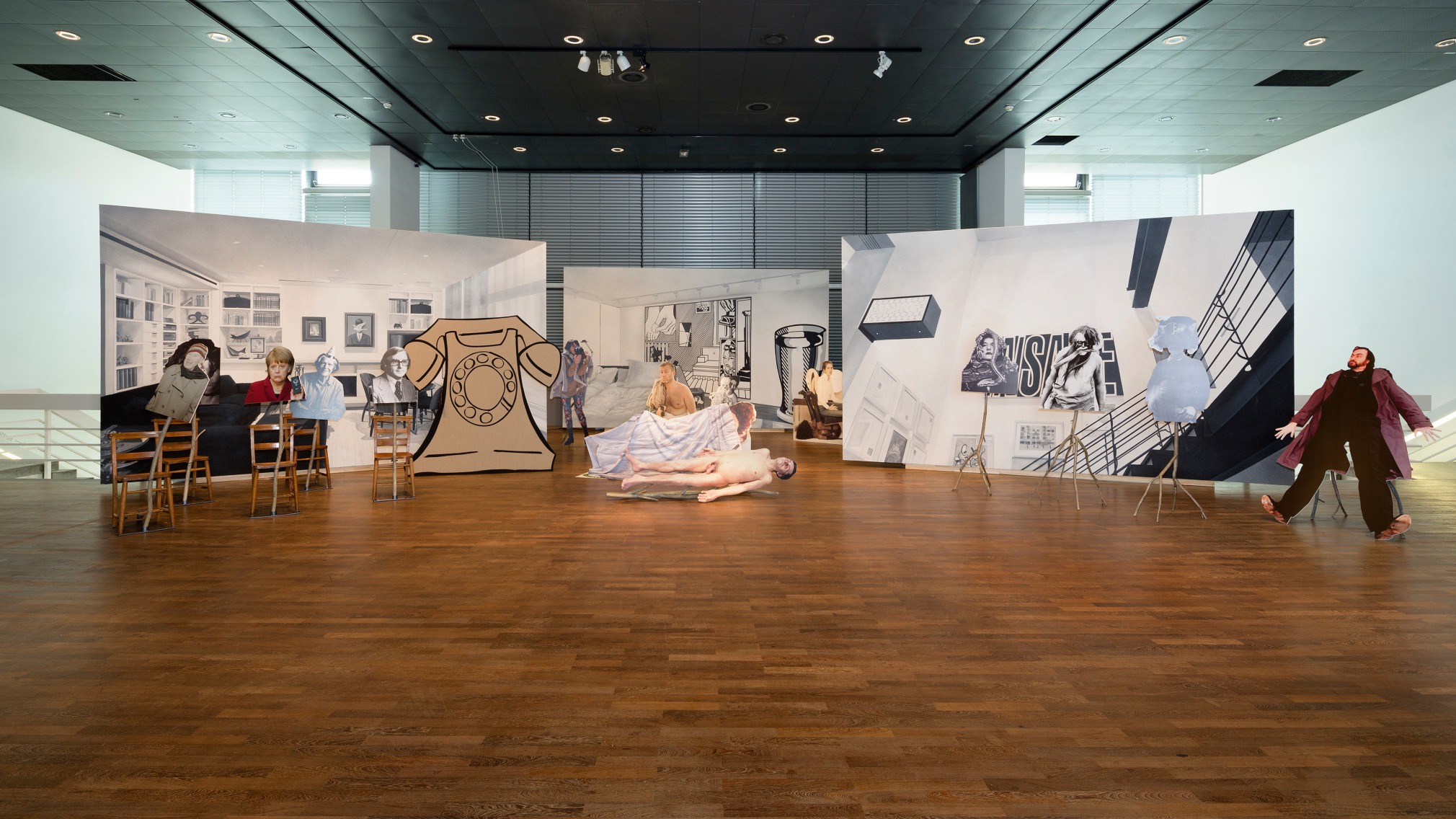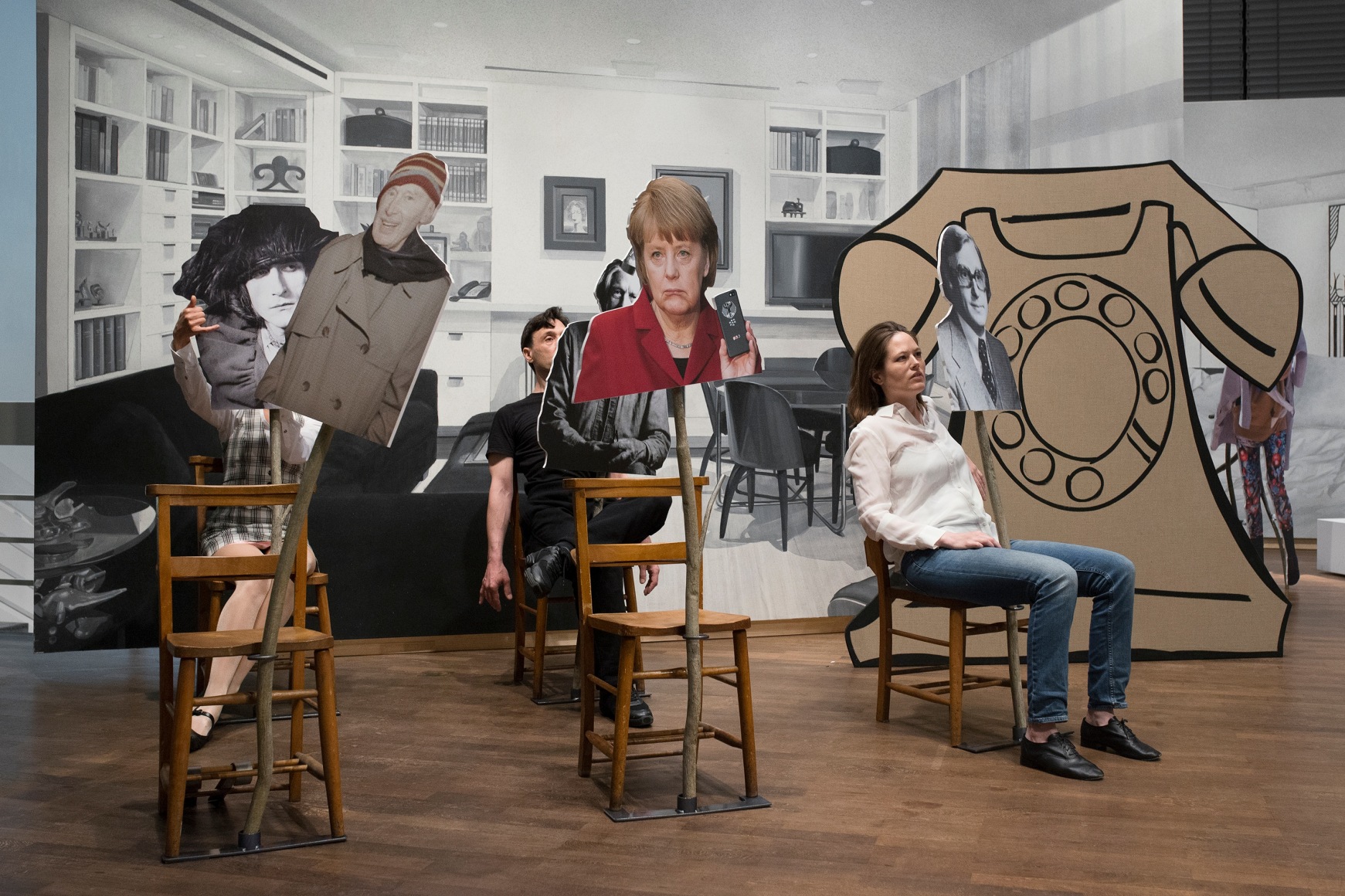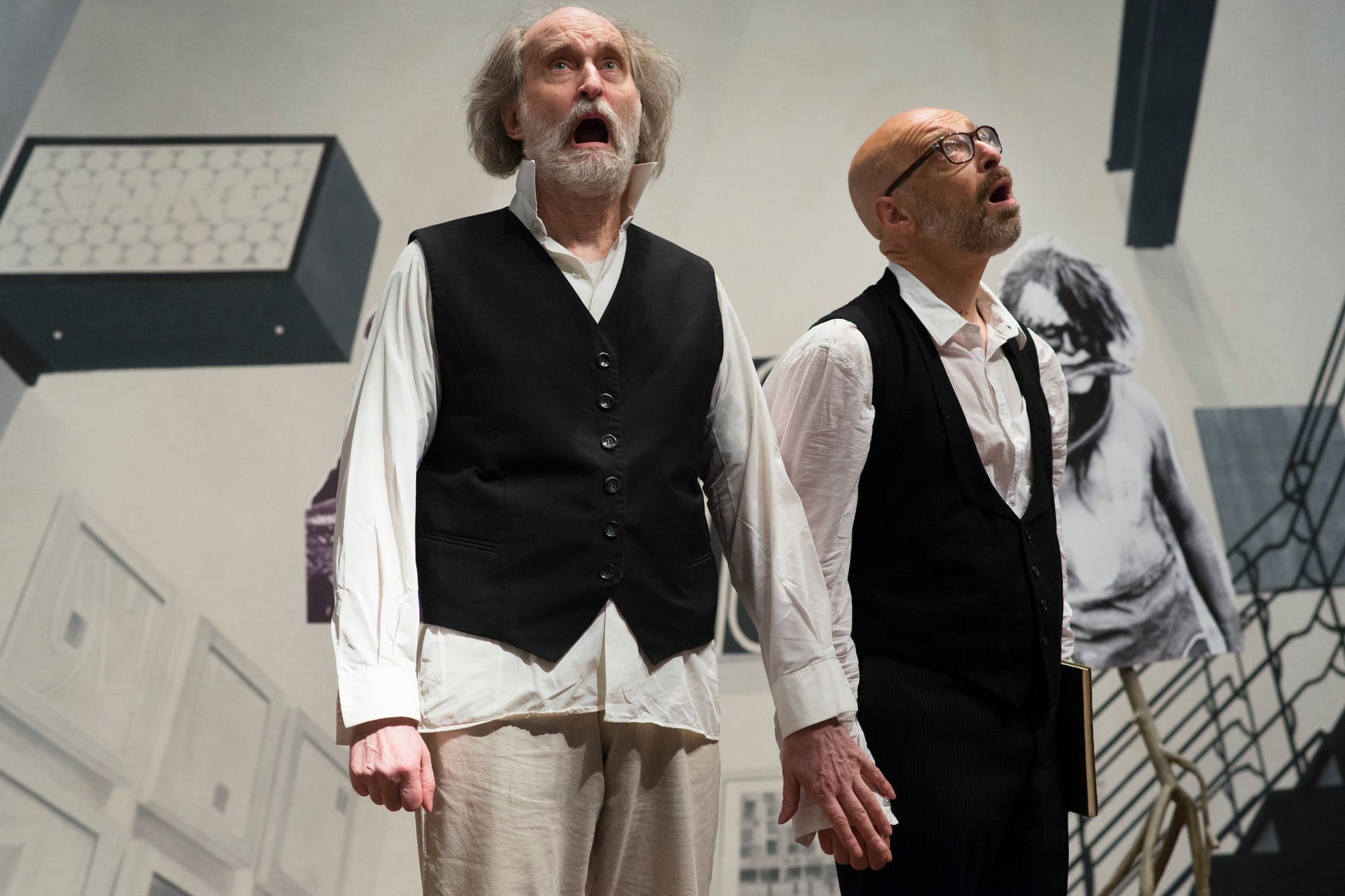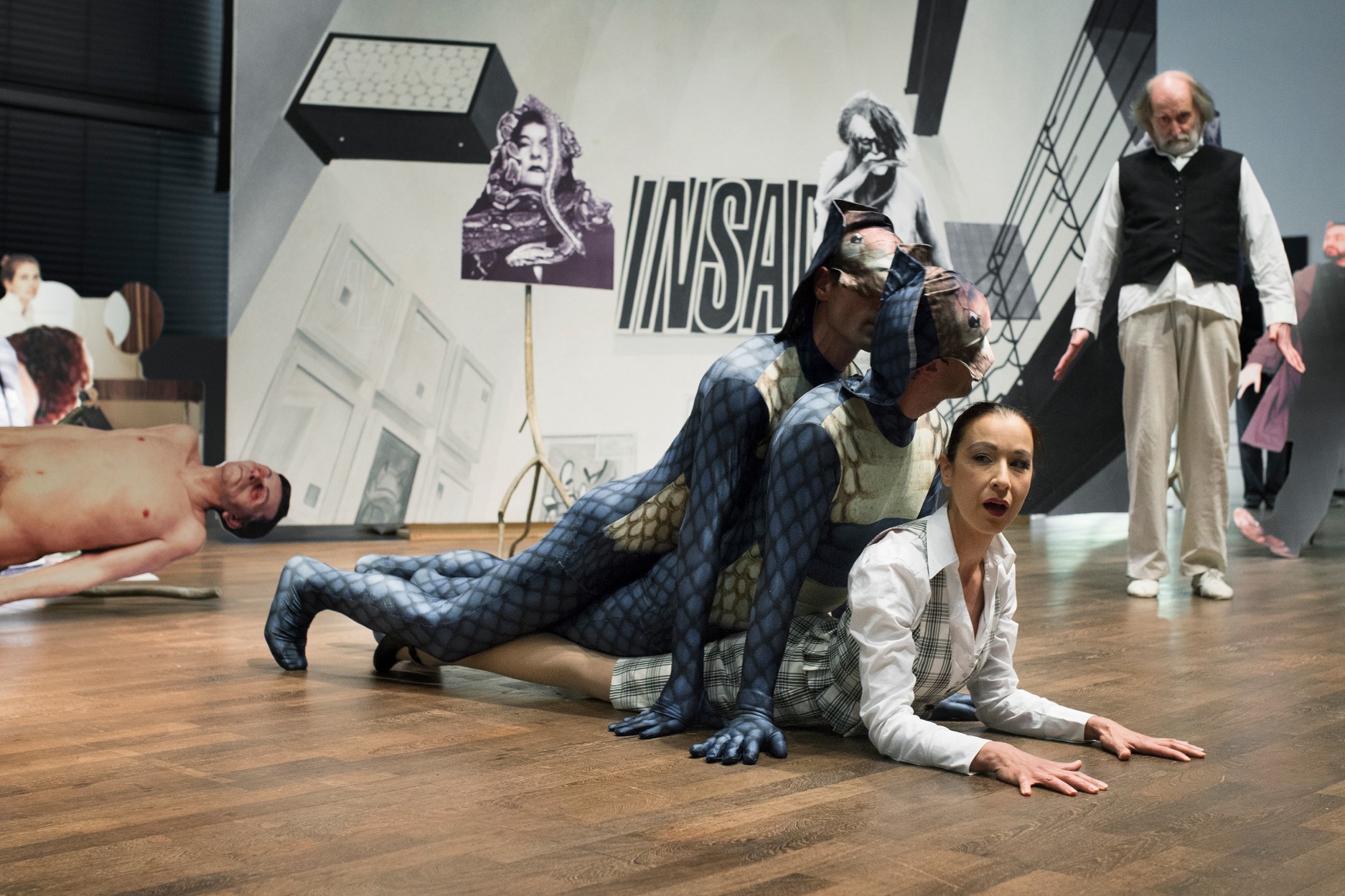With this Berlin Biennale, the curator, Juan A. Gaitán, wanted to keep the curatorial approach to Berlin on a tentative level, while focusing on the unstable relationship between experienced history and scientific historiography. Thus, this edition focussed on the artwork as a propositional gesture that offers different readings of history and the mechanisms of its current representation.
58 artists from all over the world were invited to mark and investigate history and its fragments. The exhibition referred to the historization that can be noticed in Berlin and in other cities. Berlin can be considered representative for a larger tendency of incorporating biased historical narratives in the contemporary city, through its architecture, urban planning, monuments, and spatial distribution of tourism, commerce, and cultural capital.
The Berlin Biennale has the continuous ambition to examine the parameters of the city of Berlin. Heightened urban centrality and rapid socio-political and municipal recreation of Berlin’s inner city lead this edition of the Berlin Biennale to stir away from Berlin Mitte towards the art and culture institutions Museen Dahlem and Haus am Waldsee. This curatorial decision bridged KW Institute for Contemporary Art in Berlin Mitte, Berlin Biennale’s traditional venue, by drawing renewed attention on these significant places of cultural production that waned attention in the course of the political and geographic redefinition of Berlin. The works of the 8th Berlin Biennale were exhibited in already existing cultural institutions, also because this strengthened Berlin’s present cultural infrastructure and brought these practices to the attention to a broader spectrum citizens as well as visitors of the city. Several artists used this as occasion to deal with institutions directly by intervening with and reacting to their approach to collections and forms of presentation.
In the preparations for the 8th Berlin Biennale Juan A. Gaitán invited Tarek Atoui, Natasha Ginwala, Catalina Lozano, Mariana Munguía, Olaf Nicolai, and Danh Vo into his Artistic Team. Its members not only worked alongside Juan Gaitán in conceiving the 8th Berlin Biennale but also developed their own projects: Tarek Atoui, Olaf Nicolai, and Danh Vo exhibited their own practice and Natasha Ginwala presented her research project Double Lives. Mariana Munguía’s publication Excursus – produced in collaboration with Maricris Herrera– assembled a selection of visual contributions from all participating artists and Catalina Lozano developed a program of events at the Crash Pad c/o KW. Additionally, each member of the Artistic Team made a contribution to the shortguide.
(Source)




